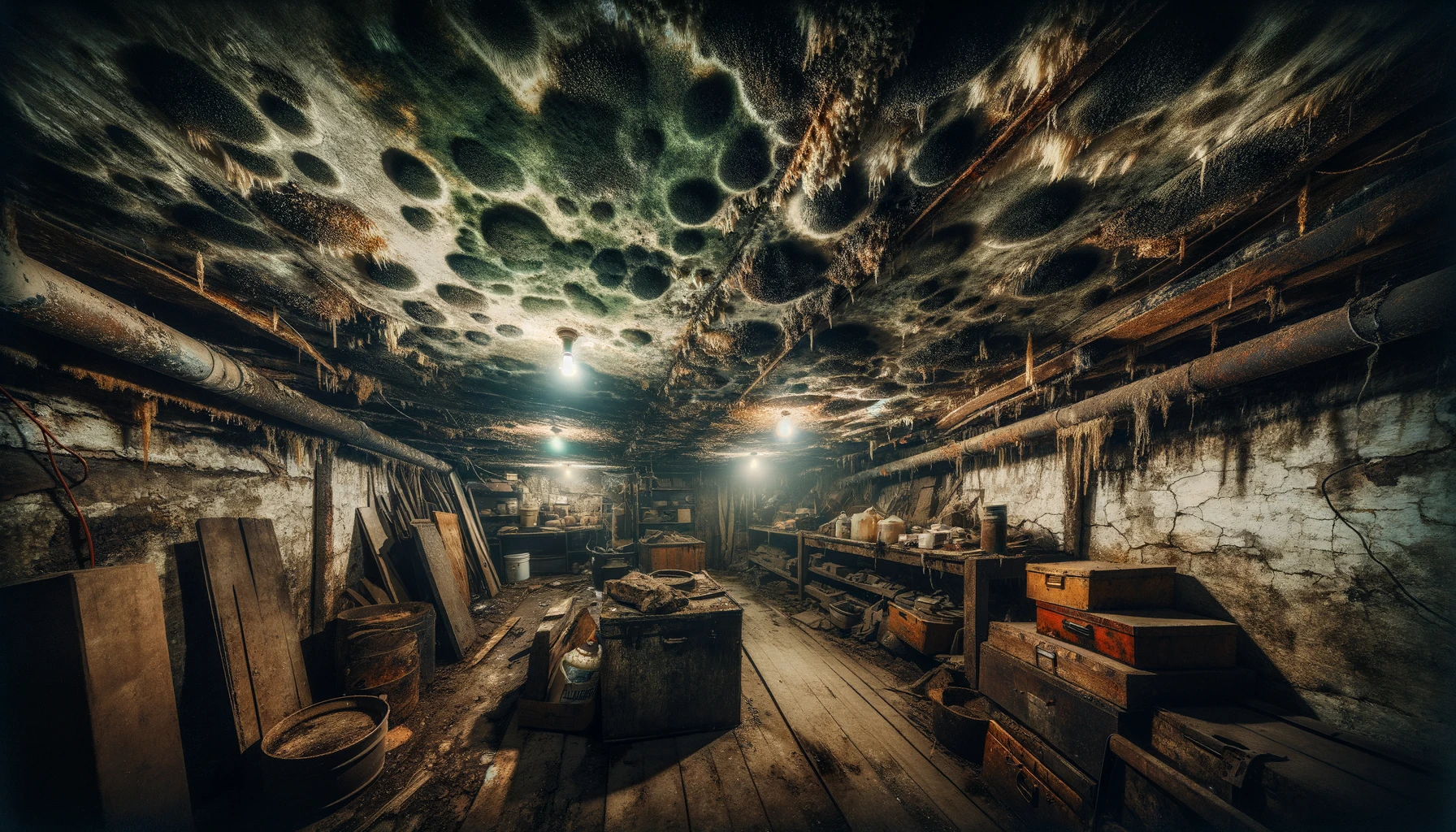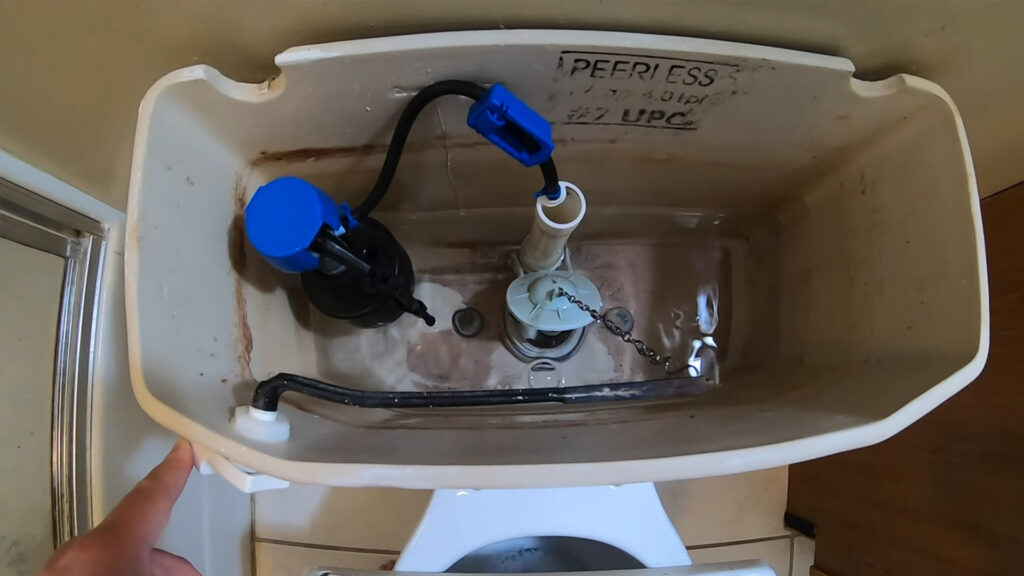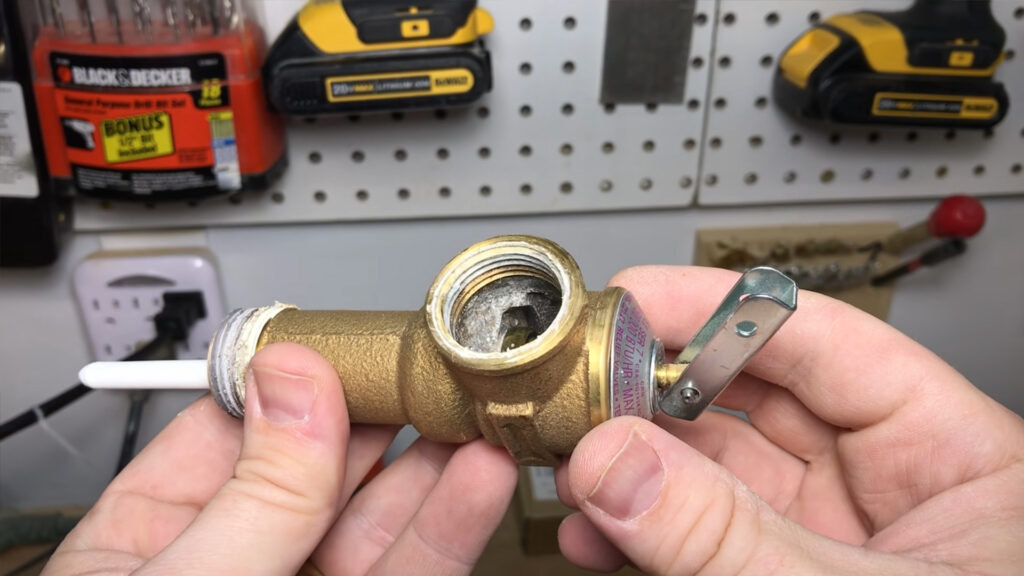Water damage is more than just an inconvenience. Left untreated, it can lead to serious structural problems and health issues, particularly through the growth of mold. In this blog post, we’ll explore how water damage in ceilings can lead to mold formation, examine different types of ceilings and their susceptibilities, discuss specific examples of molds, and highlight the mold removal solutions that Philly Damage Restoration offers to combat these problems.
Understanding Mold Growth in Ceilings
Mold is a type of fungus that grows in damp environments and reproduces by releasing spores that float through the air. These spores are omnipresent; however, they only grow into mold when they find the right conditions—namely, moisture, warmth, and a food source such as drywall, ceiling tiles, or wood.
When water damages a ceiling, whether from leaky roofs, plumbing issues, or condensation, it creates an ideal environment for mold spores to settle and grow. The porous materials found in many ceilings absorb water, retaining moisture and becoming prime grounds for mold colonization.
The Science of Mold and Moisture
According to the Environmental Protection Agency (EPA), controlling moisture is the key to preventing mold in homes. Research shows that molds can develop within 24 to 48 hours of water exposure under suitable conditions (EPA, 2021). Once established, mold can rapidly spread, breaking down and feeding on the organic materials in your ceiling, which not only damages the structure but also poses health risks.
Health Impacts of Ceiling Mold
Mold exposure can lead to various health problems, especially in individuals with respiratory conditions, allergies, or compromised immune systems. Common symptoms include coughing, sneezing, throat irritation, nasal stuffiness, and in severe cases, it can exacerbate asthma or lead to opportunistic infections in immunocompromised individuals.
Types of Ceilings and Their Vulnerability to Mold
Not all ceilings are equally susceptible to mold growth. The material and construction of a ceiling can significantly influence how likely it is to sustain water damage and support mold growth.
Drywall Ceilings
Drywall is particularly vulnerable to water damage and mold because it is porous and absorbs water quickly. Once waterlogged, drywall retains moisture for a long time, creating a favorable environment for mold.
Plaster Ceilings
Plaster is denser than drywall and less absorbent, making it somewhat more resistant to mold. However, once water penetrates through cracks or gaps, the moisture can get trapped behind the plaster, leading to hidden mold growth.
Drop Ceilings
Drop ceilings, commonly found in commercial buildings, consist of tiles that rest in a metal grid. They are prone to mold because the tiles often contain organic materials. Moreover, the space above the drop ceiling can accumulate moisture and foster mold growth, particularly if HVAC systems are improperly maintained.
Acoustic Ceilings
Acoustic ceilings, commonly referred to as “popcorn” ceilings, are textured to help absorb sound. The rough texture of these ceilings can easily trap dust and moisture, creating a suitable environment for mold growth if there is sufficient humidity or water leakage.
Wooden Ceilings
Wooden ceilings are particularly susceptible to mold because wood is a natural material that can absorb moisture. If not properly sealed or exposed to persistent moisture, wooden ceilings can harbor mold spores that thrive in the damp wood.
Metal Ceilings
While metal itself is not a food source for mold, condensation can form on metal surfaces if there are temperature fluctuations combined with high humidity. This condensation provides the necessary moisture for mold to grow, particularly if it accumulates regularly and is not wiped away.
Vaulted Ceilings
Vaulted ceilings might not be more susceptible to mold growth themselves, but their height and shape can pose challenges for adequate ventilation and moisture control. Poor ventilation can lead to stagnant air and increased humidity, both of which are conducive to mold growth, especially in hard-to-reach areas.
Fiberboard Ceilings
Fiberboard materials, often used in ceiling tiles and panels, are porous and can absorb moisture much like drywall. These materials, if exposed to water through leaks or condensation, are prone to mold growth due to their organic nature and ability to retain moisture.
In any home or building, preventing mold in ceilings requires attention to proper ventilation, moisture control, and regular maintenance to address any leaks or water damage promptly. Ensuring that your ceilings are well-maintained and dry can significantly reduce the risk of mold development.
Examples of Common Ceiling Molds
Several types of mold can grow in water-damaged ceilings, including:
- Aspergillus: Often found on dust and powdery food items, Aspergillus can also colonize building materials like drywall.
- Cladosporium: This mold type can grow in both warm and cold conditions and is commonly found on fabrics and wood surfaces.
- Stachybotrys chartarum (black mold): Notorious for its potential toxicity, black mold thrives on water-damaged building materials and requires constant moisture to grow.
Philly Damage Restoration’s Approach to Water Damage and Mold
At Philly Damage Restoration, we understand the urgency of addressing water damage to prevent mold growth. Our process involves:
- Immediate Response: We offer 24/7 emergency services to address water damage as quickly as possible.
- Thorough Assessment: Our experts assess the extent of water damage and the risk of mold. We use advanced moisture-detection equipment to identify hidden wet spots.
- Water Removal and Drying: We use professional-grade water extractors, dehumidifiers, and air movers to thoroughly dry out the affected areas.
- Mold Remediation: If mold is present, we follow strict protocols for containment, removal, and treatment to prevent further spread.
- Restoration: We repair or replace damaged ceiling materials, ensuring that they are restored to their pre-damage condition.
Conclusion
Water damage in ceilings, if not promptly and properly addressed, can indeed lead to the growth of mold. This not only compromises the structural integrity of your home or building but also poses significant health risks. Philly Damage Restoration specializes in both preventing and remedying these issues, ensuring that your environment remains safe and healthy. By understanding the types of ceilings, recognizing the signs of mold growth, and taking immediate action, you can protect your property and well-being from the long-term effects of water damage and mold.







